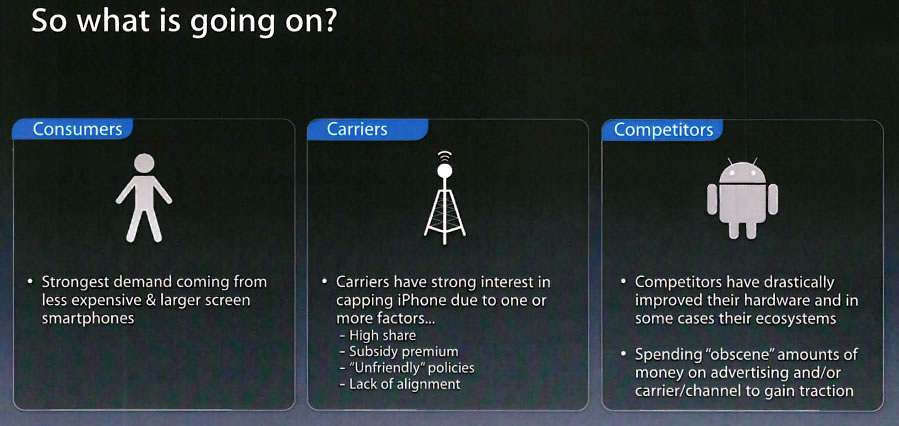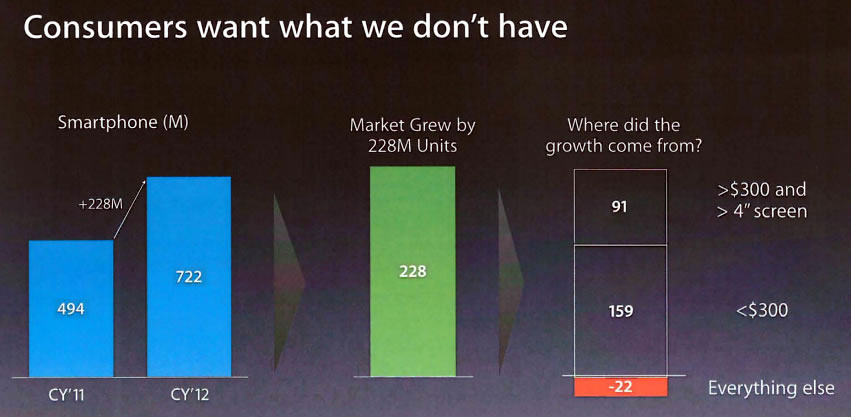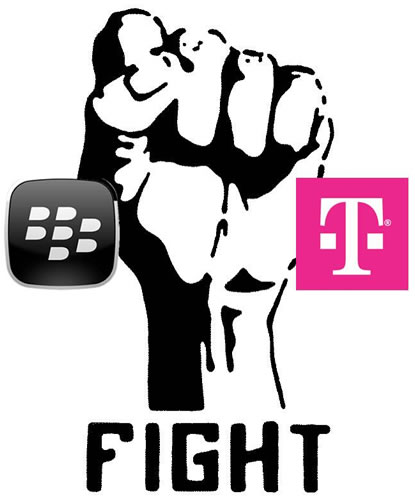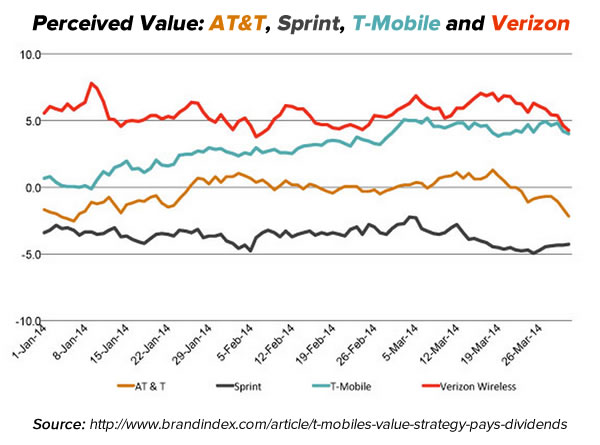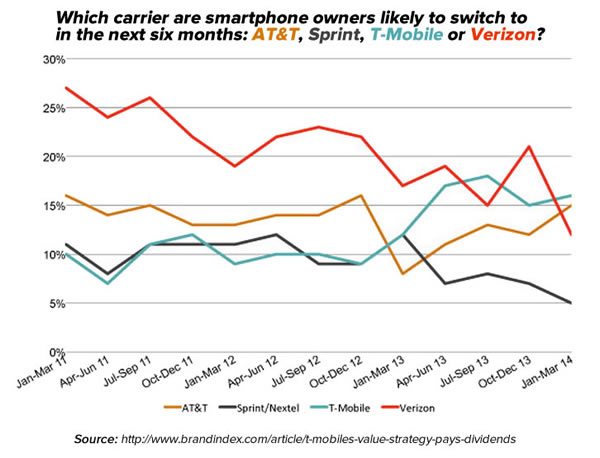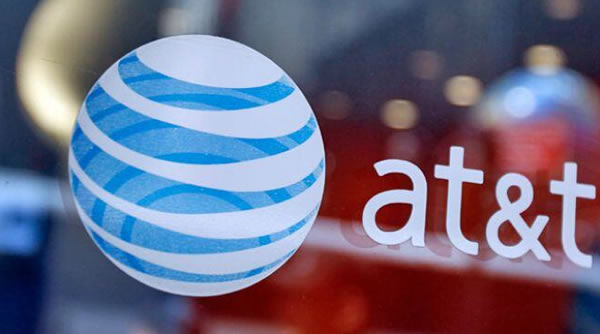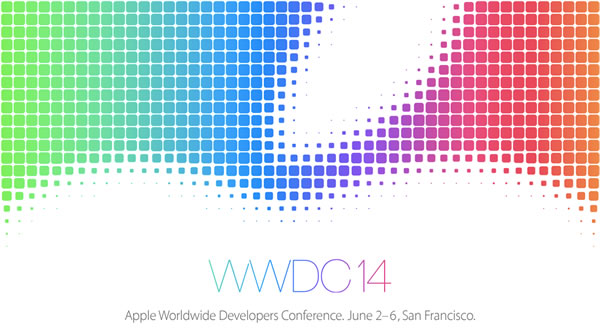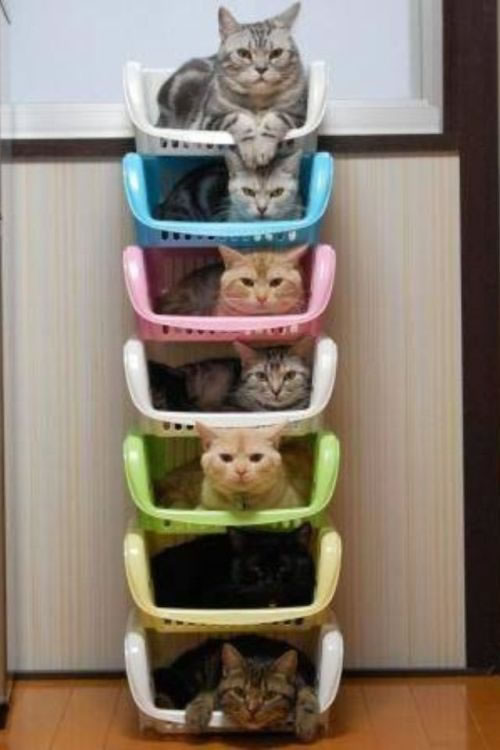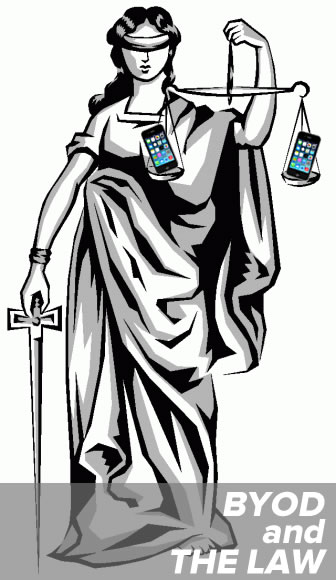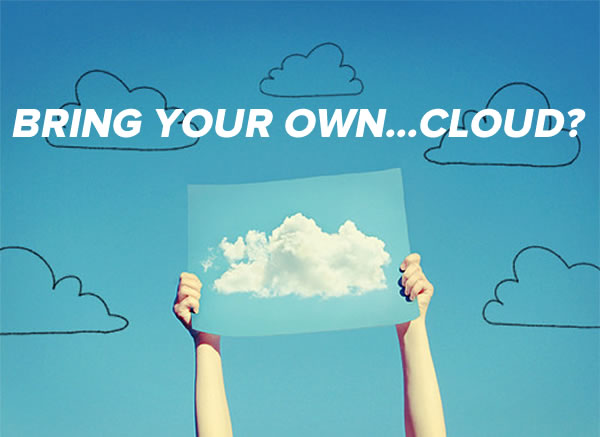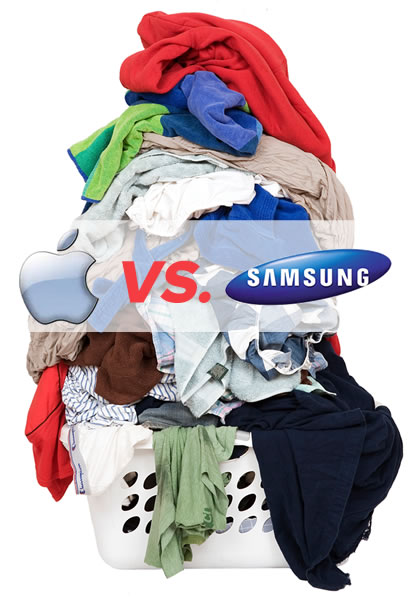
“You think a corporate patent infringement battle would be boring,” writes Liz Gannes at Re/code, but in during this round of the Apple/Samsung suit, the documents brought forth by both sides as evidence make for some interesting reading. In this first of two installments, we take a look at three Apple documents that have been cited in the opening arguments.
Steve Jobs: A “Holy War with Google”
Apple’s once-close alliance with Google, which included having then-CEO Eric Schmidt as a member of its board, ended after Google decided to get into the smartphone game and the two companies started stepping all over each other’s turf. It was no surprise when Schmidt left Apple’s board in 2009, and it shouldn’t come as a surprise that in 2010, Steve Jobs declared that their competition with Google was no mere fight, but a “Holy War” in a memo outlining the topics of the 2010 “Top 100” meeting, a meeting attended by people whom Job felt were the 100 most crucial people at the company.
Steve Jobs at the D8 conference in 2010. If you want to know what his thinking was at that time — at the least the public version of it — this video is probably one of the best records.
Jobs observed that while Apple’s “digital hub” approach was their bread and butter, the hub was moving away from user-owned hardware like Apple computers, and to the cloud, which is Google’s strong suit. He felt that Apple was in danger of getting stuck in the Innovator’s Dilemma, sacrificing the future by serving the present too well and failing to account for change. He said that Google and Microsoft were more advanced with their cloud technology plans, but hadn’t yet found a good way to present them as a cohesive whole, something at which Apple excels.
Job’s solution: increased lock-in, including:
- Playing catch-up with Android in areas where iOS was behind technologically, including speech, notifications, tethering
- Leapfrogging them where possible (Siri was provided as an example)
- Catching up and eventually beating Google in cloud services (photos and cloud storage were provided as examples)
- Continuing to press their advantage over Google with music
- “Stay in the living room game and make a great ‘must have’ accessory for iOS devices”
Here’s the entire email:
Apple’s “Customers want what we don’t have” presentation
Another interesting document — perhaps less so from a legal standpoint, but more so from those of us who make a living on figuring out where mobile tech is going next — is a set of slides from an internal Apple presentation given at their 2014 fiscal year planning offsite that took place only a few days ago. In it, they note that they’re facing pressure from three different and crucial directions:
- Consumers, who want their phones bigger and cheaper,
- Carriers, whose interests aren’t align with those of Apple, and
- Android (yes, the slide says competitors, but right now, that’s Android), who have upped their initially sad game in both terms of product and advertising.
This slide must’ve made for uncomfortable viewing at that meeting, and as 9 to 5 Mac says, may be a sign that the iPhone 6 will be bigger:
Here’s the set of slides used in the hearing:
Phil Schiller’s emails with Apple’s advertising agency
Phil Schiller is Vice President, Worldwide Marketing at Apple, isn’t happy with the state of advertising for the iPhone, and he’s likely not happy with their advertising agency, Media Arts Lab. Here’s an excerpt from an email exchange between Schiller and his contact from Media Arts Lab:
I now have Apple board members asking “what is going on with advertising and what are you doing to fix it”. The team is too good to be in this spot.
In another exchange, he has praise for Samsung’s Superbowl ad:
Progress yesterday was good on the iPad advertising. Not good on iPhone.
I’ve seen the team come in time after time with super deep analysis, thought provoking briefs, and amazing creative work that had us feeling great that we are on the right path. I can’t say that is the case now with iPhone.
I watched the Samsung pre-superbowl ad that launched today, It’s pretty good and I can’t help but think “these guys are feeling it” (like an athlete who can’t miss because they are in a zone) while we struggle to nail a compelling brief on iPhone. That’s sad because we have much better products.
In case you haven’t seen it, here’s the ad that he’s talking about:
Here’s the email containing the excerpts above:
Next
In the next installment, we’ll look at three documents from Samsung.
